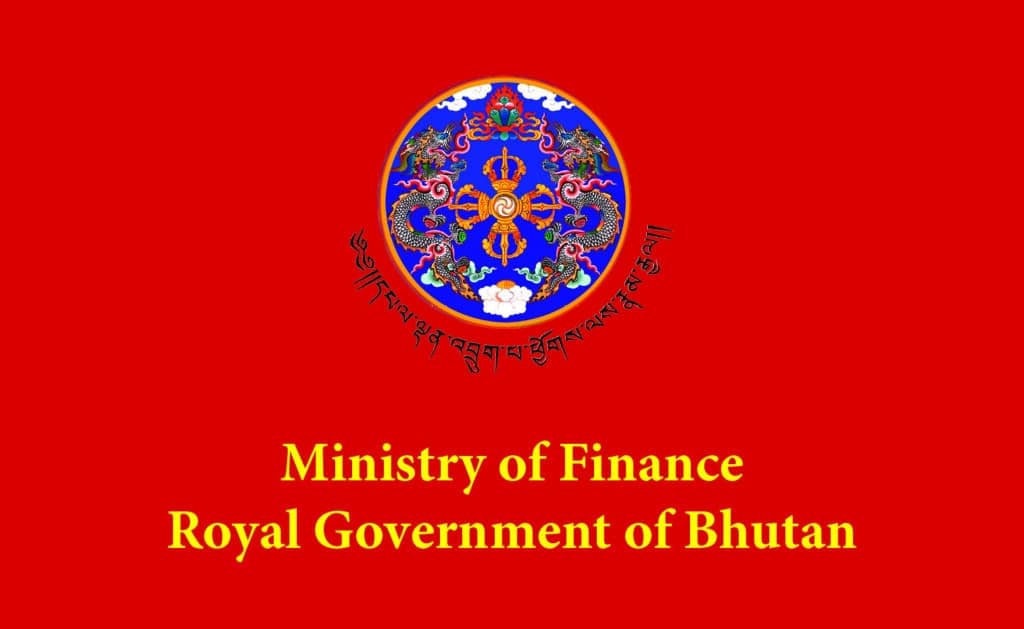
NGAWANG JAMPHEL
Thimphu
The Royal Government of Bhutan has projected a Gross Financing Need (GFN) of Nu 24.472 billion for the financial year 2024–25 to support the overall fiscal program of the year, which includes development initiatives, public service delivery, and capital investments aligned with the 13th Five-Year Plan (FYP).
As highlighted in the recently released National Budget Report for FY 2024–25, the government aims to raise the required funds through a mix of on-lending principal recoveries, concessional external borrowings, and domestic market financing.
Out of the total projected GFN, Nu.2.318 billion is expected to be sourced from the recovery of on-lending principal amounts. This represents the repayments received from public sector institutions that previously borrowed funds through the government.
These repayments will contribute to the internal financing pool, enabling the government to rechannel resources into new priority sectors.
The remaining Nu.22.154 billion of the total requirements will be raised through borrowings. This component consists of Nu.9.113 billion from external sources and Nu.13.041 billion from the domestic market.
Notably, all external borrowings planned for FY 2024–25 will be on concessional terms. The concessional loans are characterized by relatively favorable borrowing conditions such as lower interest rates, grace periods of 8 to 10 years, and repayment periods extending up to 24 to 30 years.
Such terms are vital for a developing economy like Bhutan’s, as they minimize the debt servicing burden while ensuring that critical development projects are adequately financed. The government plans to leverage relationships with development partners and international financial institutions to access these loans.
The decision to borrow externally only through concessional financing reflects the government’s commitment to maintaining debt sustainability and safeguarding long-term macroeconomic stability.
In terms of domestic borrowings, the government has projected a total of Nu.13.041 billion to be raised from the internal financial market. This includes the issuance of long-term government bonds and short-term Treasury Bills (T-Bills).
From this, Nu.1.862 billion is expected to be raised from T-Bills, while Nu.11.179 billion will be mobilized through government bonds. This domestic market engagement is expected to contribute not only to meeting the financing requirements but also to the broader objective of capital market development in Bhutan.
The government has emphasized that domestic borrowing will continue to play an essential role in public financing while promoting local financial sector development.
Issuance of bonds provides secure investment opportunities for institutional investors such as the National Pension and Provident Fund (NPPF), financial institutions, and insurance companies, while helping to establish benchmarks for long-term interest rates.
At the same time, the sale of bonds and T-Bills injects liquidity into the market and deepens the financial ecosystem.
Domestic borrowing is projected to be on a net basis, with no repayments scheduled for the fiscal year. Therefore, the full Nu.11.179 billion mobilized from bonds will be available for funding government operations and investments.
In contrast, while Nu.9.113 billion is anticipated from gross external borrowings, repayments on existing external debts will amount to Nu.2.931 billion, bringing the net external borrowing for the fiscal year to Nu.6.182 billion.
Overall, net financing—after accounting for repayments and recoveries—will support not only the fiscal deficit but also public debt management efforts. The budget report notes that the financing approach for FY 2024–25 is shaped by Bhutan’s macroeconomic outlook, fiscal position, and the need to maintain international reserve adequacy.
As of December 2024, Bhutan’s foreign exchange reserves stood at around USD 772 million, covering more than 13 months of essential imports.
However, with ongoing efforts to stabilize the balance of payments and support the Ngultrum’s value against major foreign currencies, prudent borrowing and reserve management remain top priorities.
To complement financing needs and ensure effective implementation of the 13th FYP, the government has reiterated its focus on capital investment efficiency, public financial management reforms, and enhancing domestic revenue mobilization.
While revenue projections for FY 2024–25 remain positive, they are not sufficient to fully meet expenditure demands, particularly for large-scale infrastructure and sectoral transformation projects. This gap necessitates responsible borrowing, complemented by expenditure rationalization and prioritization.
The issuance of government bonds and T-Bills is expected to continue under the guidance of the Ministry of Finance, with oversight by the Royal Monetary Authority (RMA).
Over the past few years, the government has successfully floated bonds of varying tenures, ranging from three to 10 years, attracting significant interest from domestic investors.
The upcoming fiscal year is likely to see a continuation of this trend, with innovative instruments and longer-term bonds being considered to meet both market and fiscal demands.
Moreover, the National Budget Report indicates that the financing strategy has been formulated in close alignment with Bhutan’s economic recovery and transformation agenda.
The government aims to channel funds toward productive sectors such as agriculture, tourism, manufacturing, green technologies, and digital innovation.
The report further outlines that the government remains committed to transparency and accountability in public finance management. All borrowing—both domestic and external—will be recorded, reported, and monitored in accordance with the Public Debt Policy and international best practices.
In addition, the Ministry of Finance will periodically publish debt statistics, including debt sustainability analyses, to inform Parliament and the public about Bhutan’s debt situation and risk profile.





